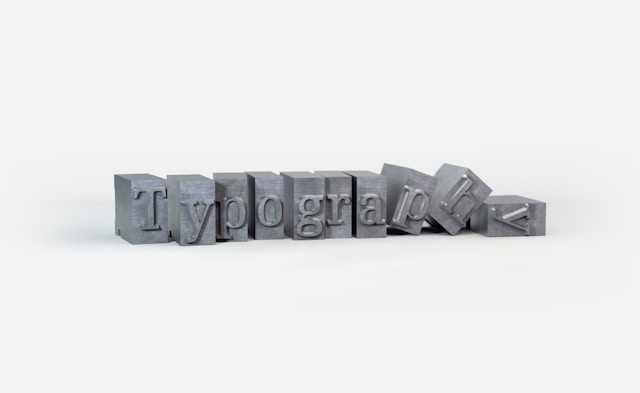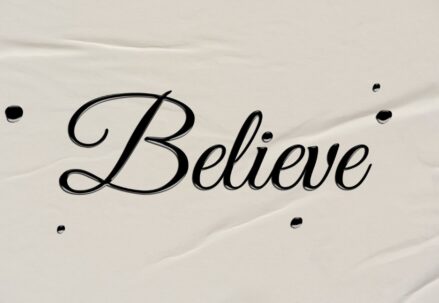Paracord beads, though compact in size, offer endless possibilities for both style and utility. Crafting these beads goes beyond simple ornamentation; it’s a careful balance of design, durability, and personal expression. This guide will take you through the full process of designing paracord beads, from initial inspiration to final testing, highlighting how each bead can serve as a functional and stylish accessory.
Understanding the Role of Paracord Beads
Paracord beads are widely popular in outdoor, survival, and lifestyle markets, serving both decorative and practical purposes. While they add a personal touch, beads also improve grip on the cord, make gear more accessible, and offer a way to express one’s style or values. Knowing this balance between function and aesthetics is crucial for designers who aim to create paracord beads that resonate with users and can withstand rugged use.
Inspiration and Conceptualization
Inspiration is the first step of any creative project, and for paracord beads, it can stem from diverse sources. Many designers draw on nature, geometric shapes, and even cultural symbols to create their designs. Others may look to modern art or minimalist concepts for simplicity. This stage involves gathering ideas and translating them into preliminary sketches, capturing both form and function. Each design idea should consider how the bead will enhance the overall aesthetic of the paracord while also being durable and easy to handle.
Materials and Tools
Choosing materials is essential in paracord bead design. Metals like stainless steel, titanium, and brass are commonly used for their durability, while polymers offer a lighter alternative. For a natural look, some designers opt for wood, which brings a rustic appeal. High-quality tools, such as precision cutters and polishers, are required to ensure every bead meets a high standard. Using the right tools is just as important as selecting the material, as each tool shapes and defines the quality of the final piece.
Step-by-Step Design Process
- Sketching and Prototyping: The design process begins with translating ideas onto paper or into digital sketches. This stage is about finalizing shape, size, and detailing. Prototyping can then bring these sketches to life, allowing designers to refine the shape and function before moving forward.
- Carving and Shaping: Using the chosen materials, the bead is carefully carved and shaped. Precision is key here, as every detail must align with the original vision.
- Polishing and Finishing: After shaping, each bead undergoes polishing to ensure a smooth finish that’s comfortable to the touch and visually appealing. Finishing often includes protective coatings to improve durability and aesthetic longevity.
Crafting a Unique Identity
Each paracord bead design tells a story. Whether through patterns, colors, or textures, a bead can communicate personal style or cultural significance. Many designers use engraving techniques or experiment with color contrasts and textures to create a unique, identifiable look. Designing a bead that resonates with the user adds value, transforming the accessory into a personal emblem.
Finalizing and Testing the Design
Testing is the final step before a bead design goes into full production. Each design must meet durability standards to withstand regular use and exposure to various environmental factors. This phase includes stress testing, waterproofing (if applicable), and assessing the bead’s overall wearability. Only once a bead passes these tests is it ready for production, ensuring that each piece not only looks great but performs reliably.
Frequently Asked Questions
1. What materials are best for durable paracord beads? Metals like stainless steel, titanium, and brass are ideal for durability and corrosion resistance. Polymers offer a lightweight option, while wood brings a more natural aesthetic.
2. How do I choose a design that matches my style? Think about where you’ll use the bead. Bold, colorful designs stand out, while minimalist beads may be preferable for a subtle look.
3. Can I request custom designs for paracord beads? Yes, many designers offer custom work where you can select patterns, materials, and even engravings for a unique look.
4. How should I care for my paracord beads? For maintenance, clean with mild soap and water. Avoid harsh chemicals, especially for wooden beads or other natural materials, as they may damage the surface.
Designing paracord beads is more than a functional task—it’s a journey of creativity and craftsmanship. From initial inspiration to the final touches, each bead tells a unique story, blending art and practicality into an accessory that can withstand both daily use and the great outdoors.




